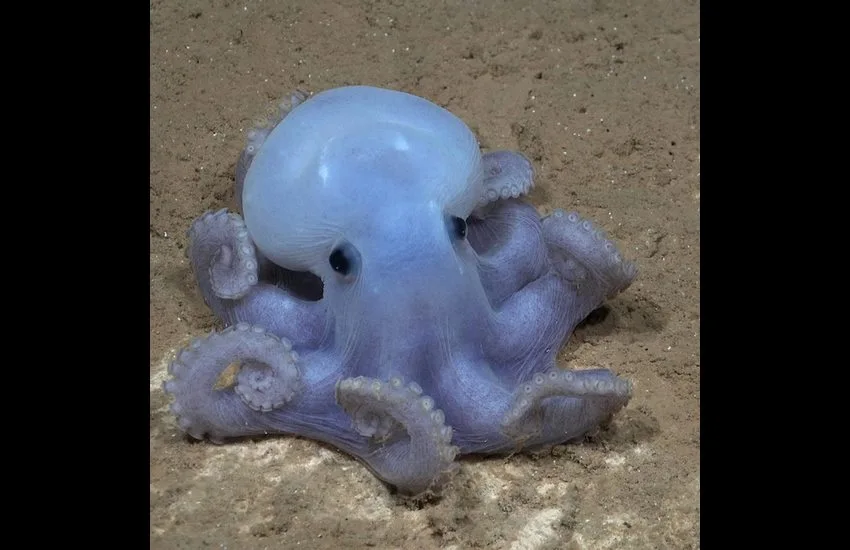In a groundbreaking scientific expedition 900 miles off the coast of Chile, the Schmidt Ocean Institute uncovered a treasure trove of underwater marvels in the depths of the Pacific Ocean. Clustered around several seamounts—underwater mountains—oceanographers discovered what are believed to be 20 new species, including a ghostly octopus and a peculiar sea urchin.
Among their astonishing finds were rare images of a Promachoteuthis squid and an intriguing creature resembling the “flying spaghetti monster,” which was captured in photos around a seamount that towers higher than Mount Olympus.
“We explored and mapped 25 seamounts during these expeditions, which is a considerable achievement,” said Jyotika Virmani, executive director of the Schmidt Ocean Institute, in an interview with CNN. “The data we’ve gathered could strengthen the case for protecting this fascinating region.”
Situated on the Nazca Ridge, one of the seamounts rises over 10,000 feet (3,000 meters) from the seafloor. It was here that the research team aboard the vessel Falkor (too) encountered a blue and white octopus, affectionately nicknamed the ‘Casper octopus,’ as it lacks a formal scientific name.
The expedition also provided the first footage of a live Promachoteuthis squid, previously known only from a few specimens. This small, deep-sea squid is characterized by its weak musculature. Additionally, they captured images of the Bathyphysa conifera, dubbed the flying spaghetti monster due to its resemblance to the internet meme.
This expedition contributes to the ambitious Ocean Census project, an international effort aiming to identify 100,000 new marine species over the next decade. This initiative seeks to highlight the remarkable biodiversity and importance of the ocean, which covers 70% of the Earth’s surface. The 100,000 target represents just 5-10% of the species the Census estimates may still be undiscovered.
In 2023, the United Nations framework for a marine protection treaty was agreed upon and is now undergoing ratification. This treaty aims to enable global governance for designating marine protected areas in international waters, a crucial step toward conserving these newly discovered and yet-to-be-identified marine wonders.
